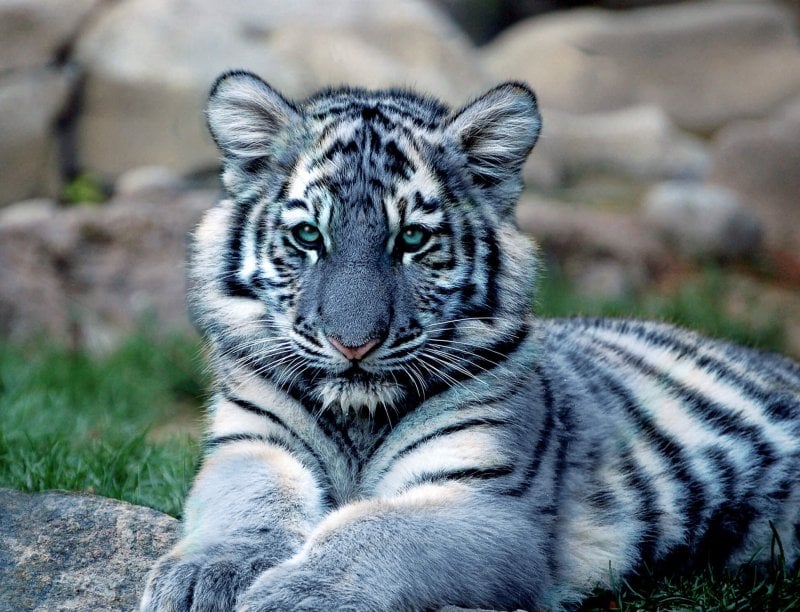As late as the 1950s, hunters reported spotting their blue hairs alongside the traditional orange fur of other South China tigers on trails.
Then the blue tigers disappeared.
…
It is tempting to think the cats’ blueness was tied to some flaw that left them unable to compete with their bright orange kin. But it’s more likely their bizarre coats had nothing to do with their extinction; it was simply bad luck that the color arose in a small population that continued to shrink.
…
The random rise or fall of gene variants in a population is known as genetic drift. Today it’s accepted as a key driver of evolution and diversity, but that wasn’t always the case. Until the 1960s, biologists generally ascribed all variation to selective forces: Deleterious traits hampered an individual’s reproduction, ensuring that over time, the traits would disappear.
In 1968, the renowned geneticist Motoo Kimura proposed an alternative explanation, now called neutral theory. Kimura posited that most of the variation between organisms is neither advantageous nor disadvantageous. Consequently, most of the variety we see isn’t a product of the hidden hand of selection but rather of luck. “All you need is some input of variation, and random forces will do the rest,” said [evolutionary biologist] Armand Leroi.































